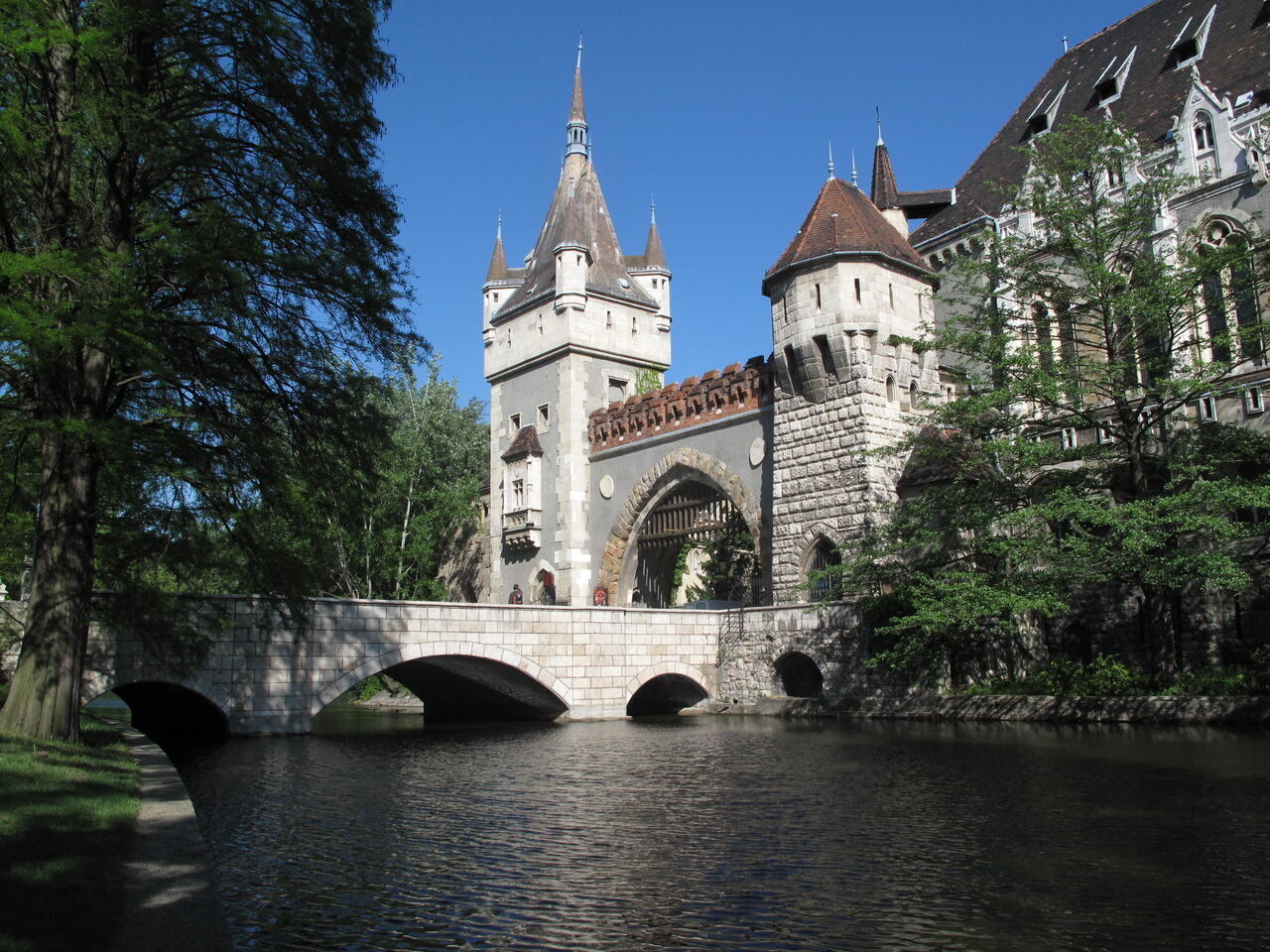The oldest European park is in the heart of Budapest

Városliget, or City Park, was established in Pest (before it was connected to Buda) over three decades before the same was done in London – a city now known for its parks.
The question of who is greener is haunting cities in the era of green transformation and ecological challenges. And, naturally, the cities that got greener first are in the pole position in this race. Although, as the stereotype goes, most public gardens can be allegedly found in London and Paris, the craze didn’t actually start there, but someplace else: in Hungary. Budapest Városliget, or City Park, is the oldest facility of its kind in Europe that was open to the public. And now it’s transforming into something more.

Although the park had a name originating from the 13th century, it wasn’t very flattering, as it translated to Oxmeadow. Over centuries the name caught on, though the area came to be known in German as Ochsenried. When the Batthyány family bought the terrain, it was renamed to reflect the fact a meadow was to slowly grow into a forest (of sorts). It is the Batthyány family that planted the first trees and alleys there. The plan was probably developed as forestation was supposed to minimise the spread of malaria.
Városliget: bathhouse, promenades, and follies

With these new projects, walking and hiking opportunities, the park rose in popularity among its visitors and soon opening it to the public seemed like a natural next step. That’s how the idea of Városliget, or the City Park, came into being. There is no official date for when it actually happened, but the process started as early as under Joseph II Habsburg, who died in 1790. Impressive indeed, as it is Birkenhead in Liverpool which is the first park to be is considered a public space and it was opened in 1847.
An artificial lake created by Joseph Batthyány remains the highlight of the park. A bathhouse, promenades, and follies were also built in this period.

When in 1896 Budapest held the National Millenium Exhibition, similar to London or Paris World Fairs, Városliget had its heyday. It was reorganised with several new structures added, such as the main pavilion Iparcsarnok. The park also got closer to the city, with the Millenial Underground line and modern housing development. Currently, Városliget is undergoing perhaps the most important change since the Millenial Exhibition. When the right-wing government of Viktor Orbán took power in 2010, one of its early decisions was to form a new museum district in the park.
The old museum buildings were renovated or repurposed, with new constructions erected. You can now visit the Hungarian Museum of Ethnography or the House of Music. The oldest public park in Europe changes its face rapidly, but it still has much to offer.
Source: 3seaseurope.com






Factually incorrect about Birkenhead, Liverpool. The Arboretum, Derby, which was created by local mill owner and philanthropist Joseph Strutt in 1840, is recognised as Britain’s first public park.